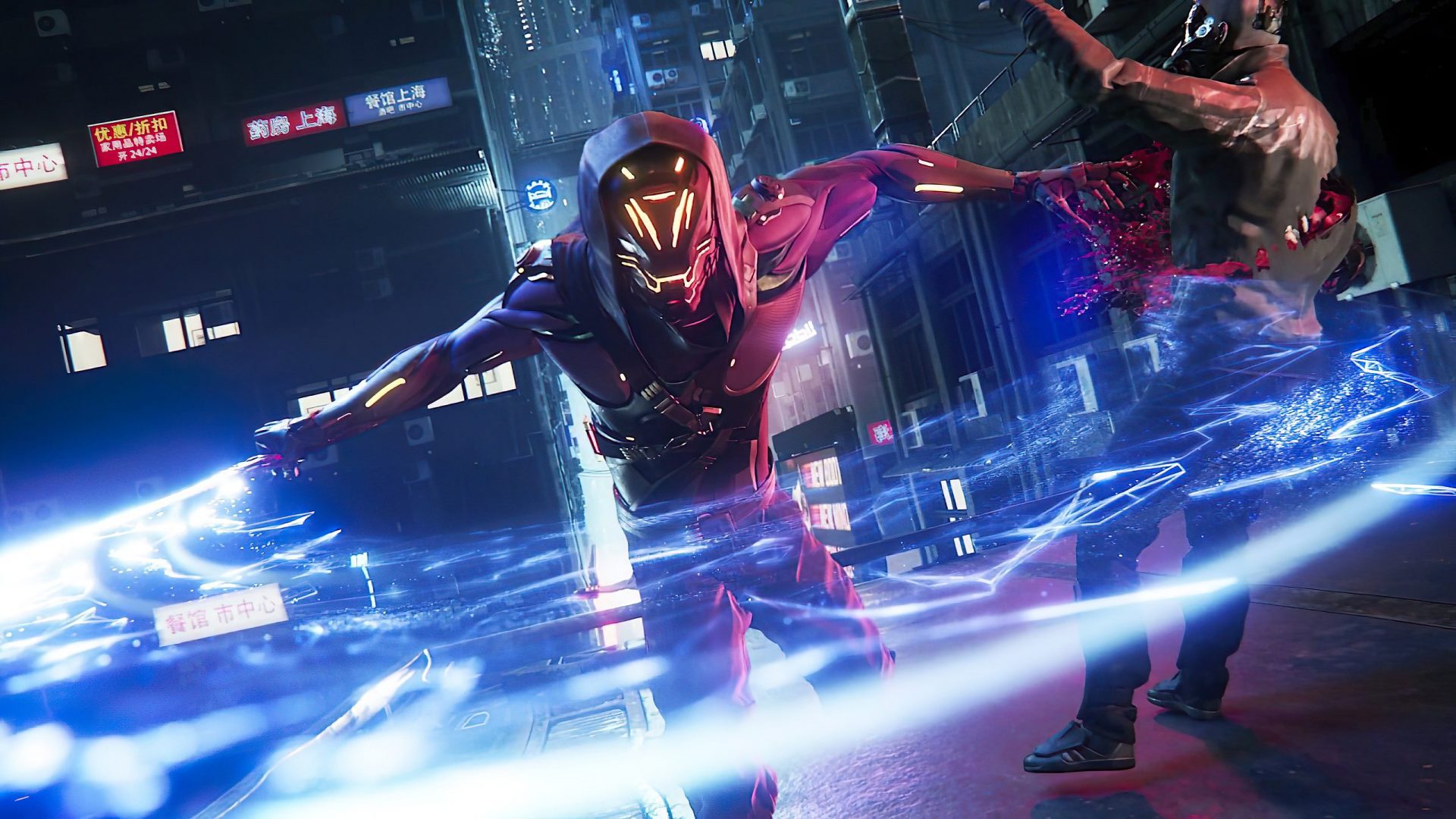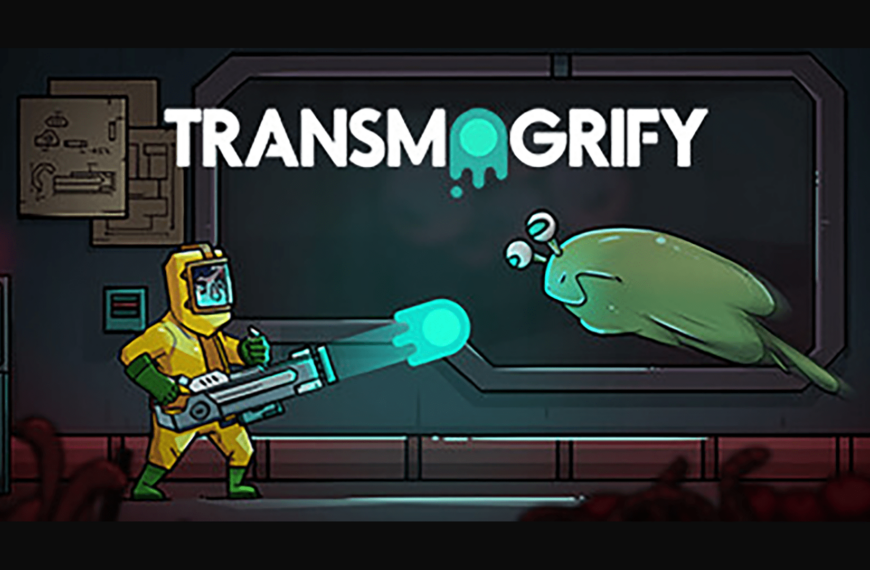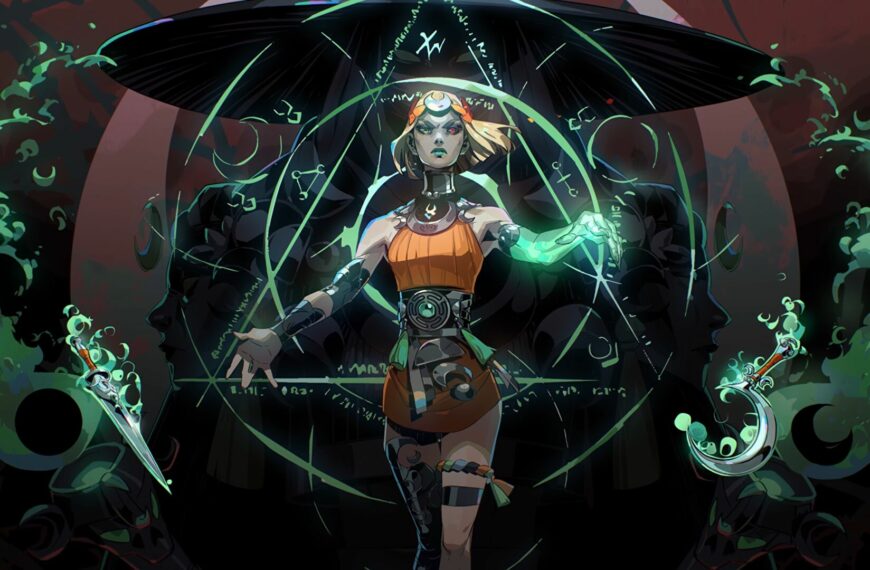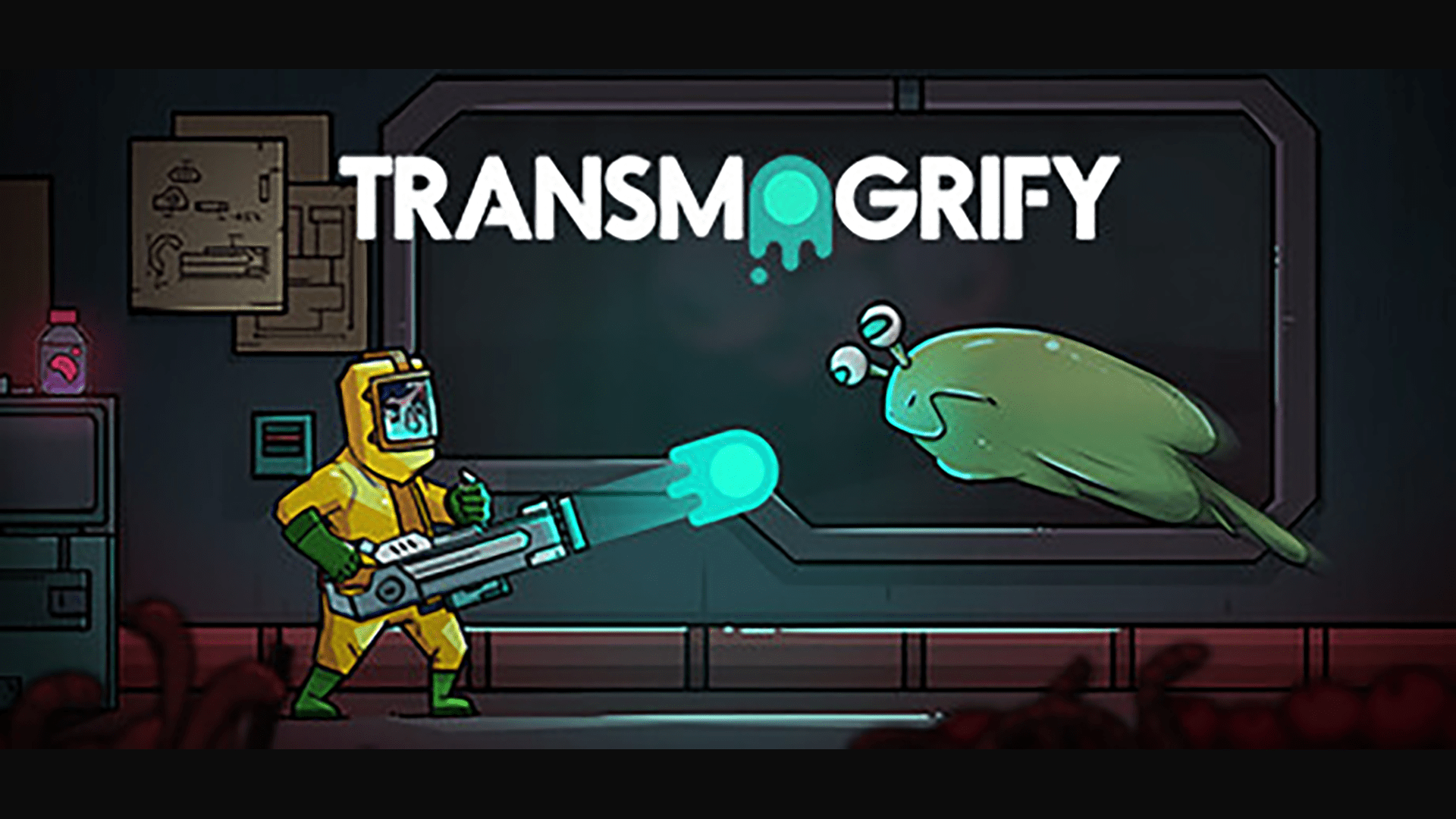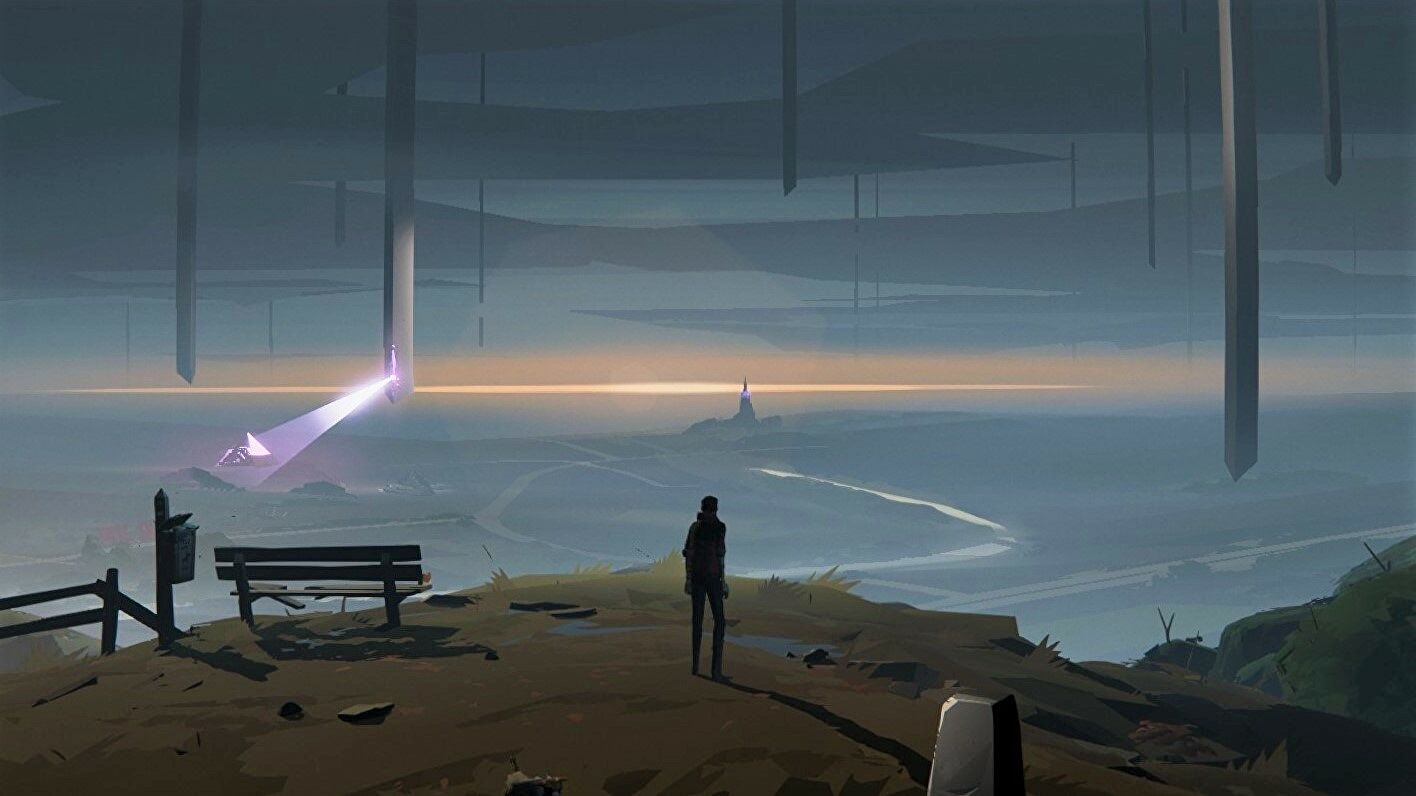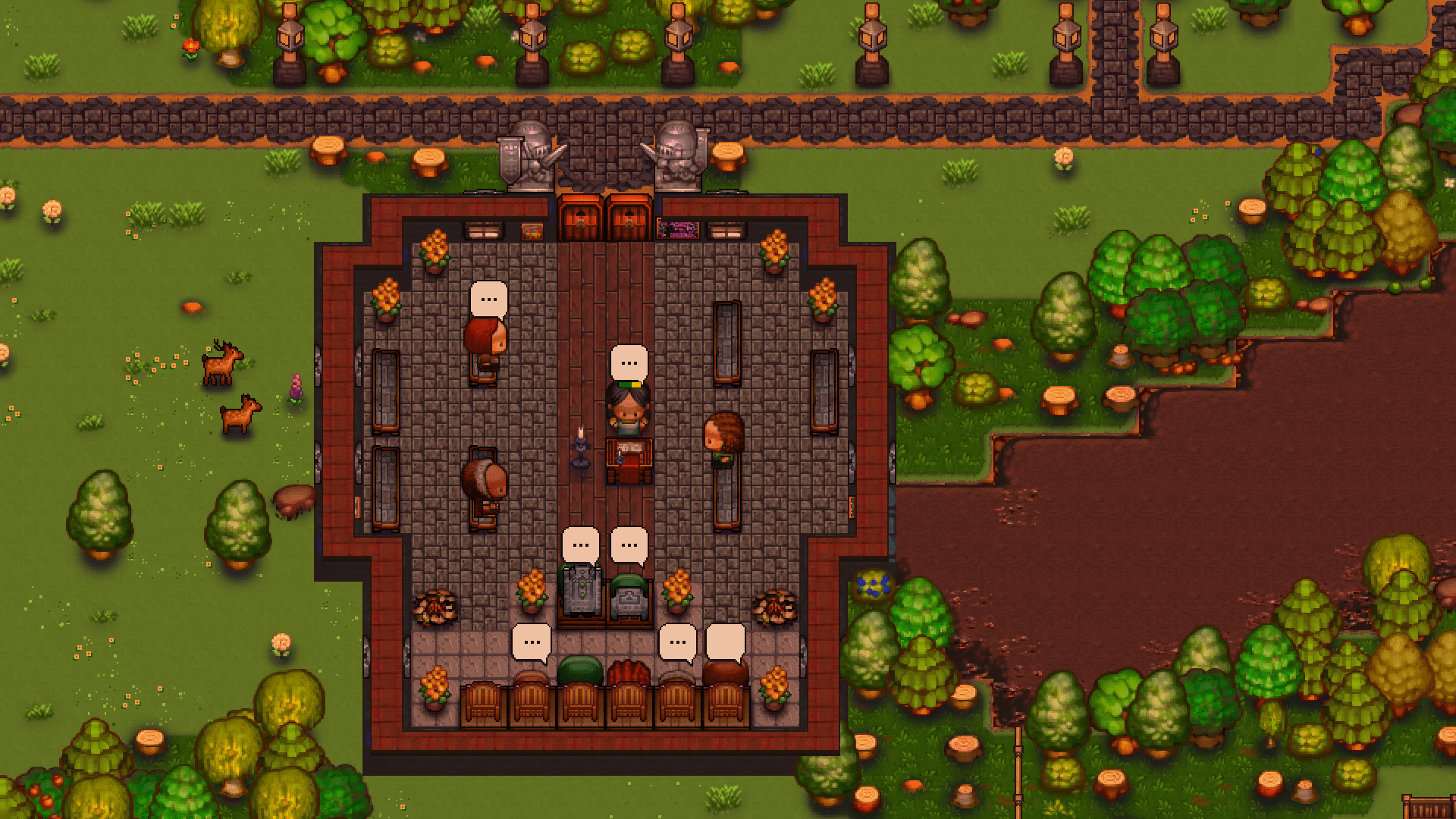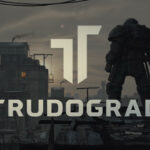Jump, slice, a flash of neon, then red. There’s a certain appeal to twitchy, fast-paced combat, and it’s certainly not an appeal that everyone gets. Games like Katana Zero and Hotline Miami are great examples of this, sharing not only that quick, stressful experience but also a well-implemented quick restart system, aided by great checkpointing. Ghostrunner continues this philosophy with style and grace, as well as a splattering of rust and blood. Ghostrunner has the player take on the role of Jack, an amnesiac android, who has to fight through a dystopian cyberpunk tower-city to free the people living in it. The journey won’t be easy, but with enough perseverance, you can help this mechanical mercenary climb the tower and end this tyranny.
I first played Ghostrunner during a Steam Demo Festival, and out of all of the twenty-odd games I played during it, there was one that did something special for me. I played the Ghostrunner demo, which comprised the first full level of the game, about thirty times both during and after the Demo Festival. I couldn’t stop replaying that level, trying to perfect my way through it, get the shortest possible time, and when the game came out I got it on day one, curious as to if it could pull me in like that demo did for its entire runtime
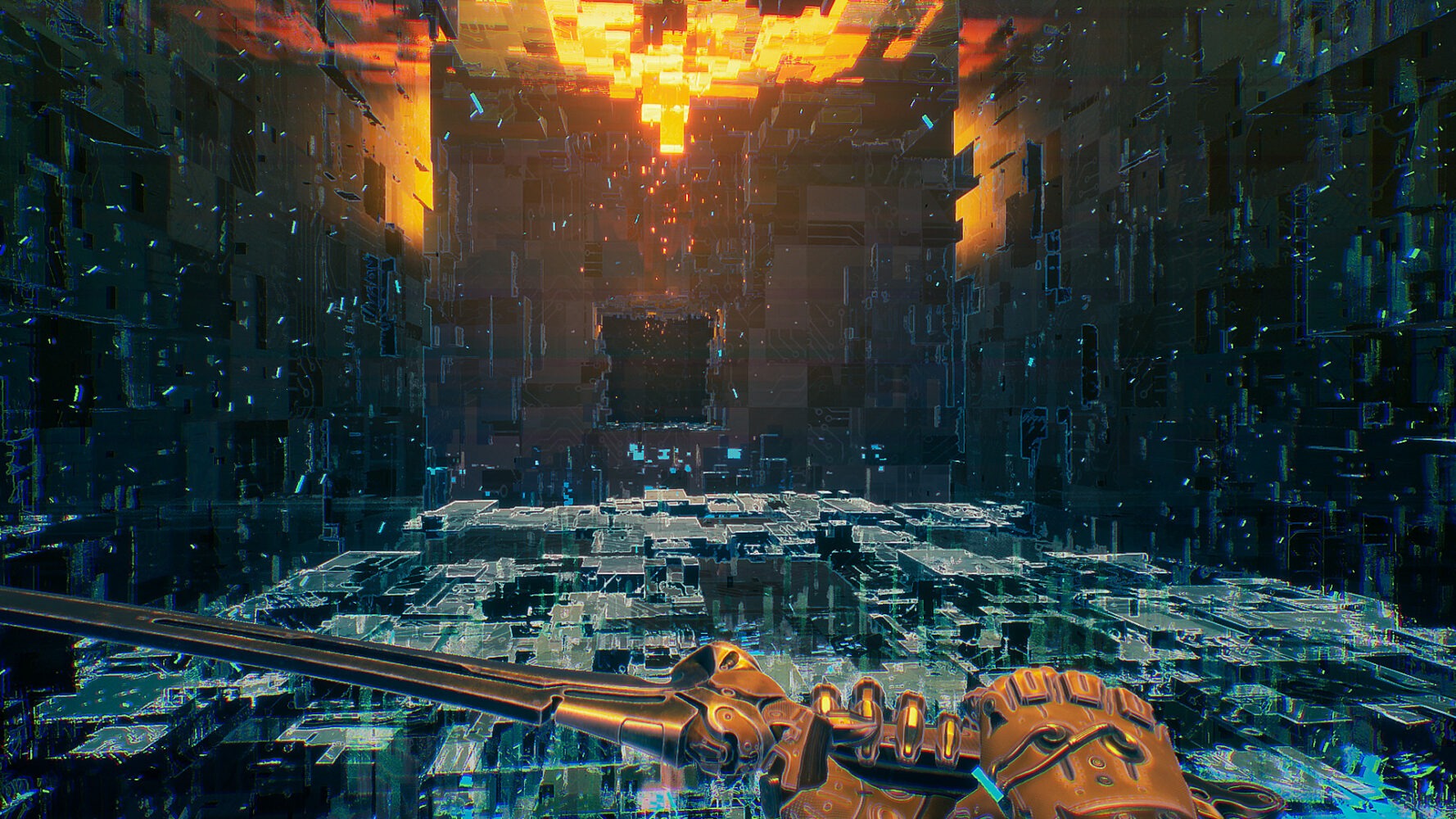
Also Read
Transmogrify PC Review: The Best Way To Defeat An Enemy
A video game protagonist wakes up in an on-fire science lab with nothing but an AI and a high-tech gun to…
Defy the Gods as a Witchy Moon Goddess in Hades 2
Greek-mythology-themed roguelike Hades is getting a sequel, but developer Supergiant has kept the details scant beyond a Hades 2 reveal trailer…
Hotline Blood (Gameplay)
Having already mentioned comparisons to the fast-paced Hotline Miami, but many could compare this to Mirror’s Edge, with its smooth parkour; but the vital difference is that the combat in this game is actually good. The swordplay is smooth and responsive and forgiving enough of where your line-of-sight is without making the game any easier. This, mixed with an interesting selection of powerups and a basic grapple ability, make up most of your combat and traversal, and it comes together really well. The developers clearly knew how to use their mechanics, and use them well, throwing in plenty of platforming puzzles in amongst the wide variety of combat situations that play out as something closer to a puzzle than traditional combat.
It’s not perfect, though, the aforementioned traversal and platforming puzzles that break up the combat are sometimes the best parts of the game, but sometimes they can be poorly telegraphed and hard to navigate. One puzzle springs to mind involving electrical cabling that requires jumping around pulses of electricity to progress. It’s not particularly challenging to figure out, but it’s finicky to the point of frustration. Moments like these are where the game elicits a feeling no game built around its challenge should; the feeling that I’m failing due not to my own failures, but because of poor design on the part of the game. There are a few moments like this throughout the game, and whilst they are very brief, they do put a small caveat on my memories of my time with this game.
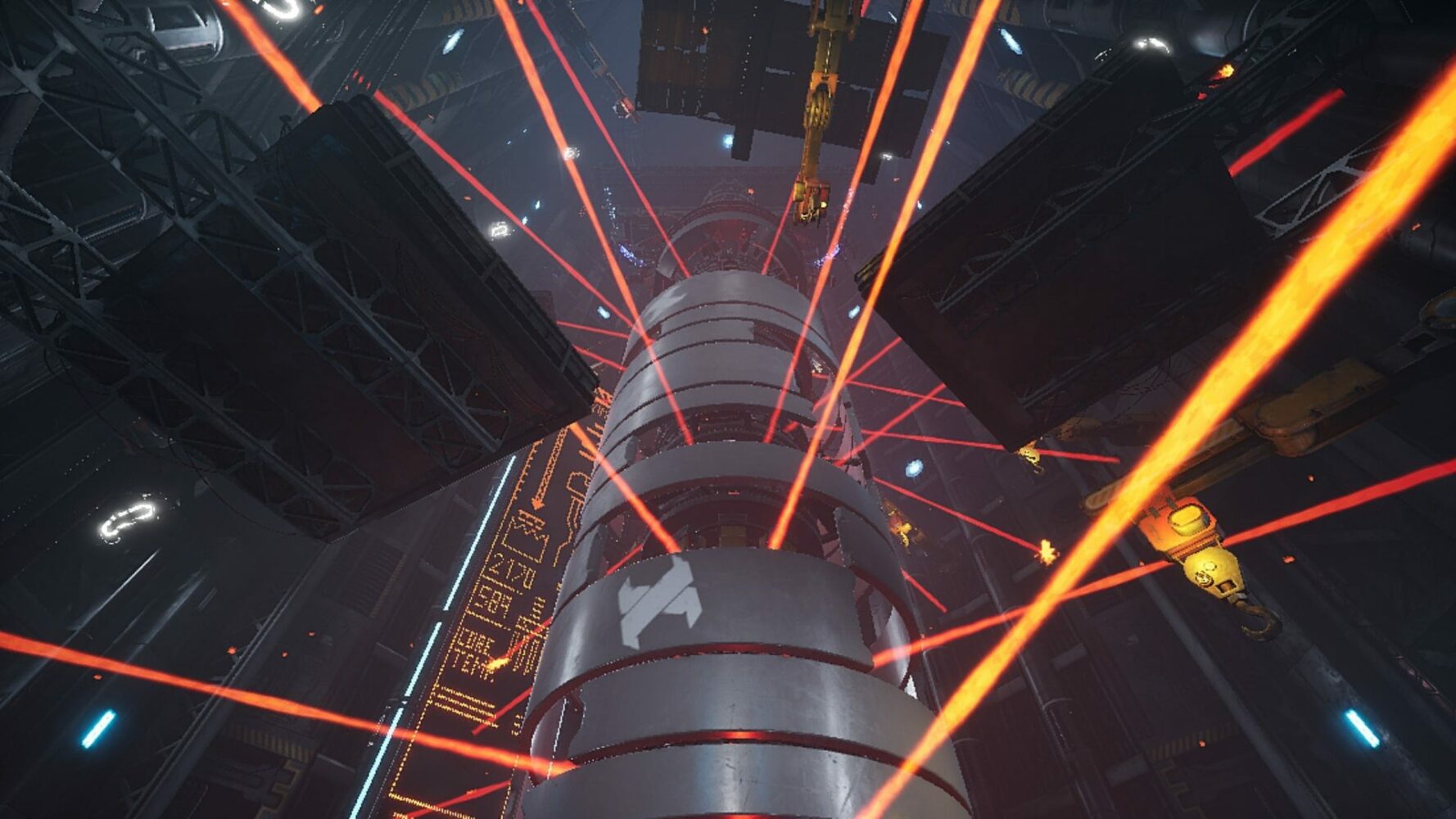
Blinded by the (neon) light (art)
In my first section of this review, some readers may have been put off by my use of the phrase ‘dystopian cyberpunk’. I get it, cyberpunk has been very big in the media zeitgeist for a while now, and sure, I can’t tell you that this game does anything really special with the typical visual cues that herald the cyberpunk style; the lack of anything natural, the feeling of industry gone mad, rusted metal making up every wall and building, stark neon lights and, of course, heavy body modifications on everyone you see.
But this particular transhumanist nightmare world does have its own flare and uniqueness, it takes the Japanese architectural influences that have become an iconic part of Cyberpunk and makes them its own. Some key areas of the game are styled after Japanese temples, and the signature weapon of the main character is a futuristic katana, wrought in some monochrome metal. In other parts of the game we see genetic experiments done to the residents of the tower, splattering bright colours and gross body horror in more medical-style settings and dark corridors, contrasting the open, brightly lit areas of the majority of the game.
All of these wonderful ideas and colours and images are presented in a fantastic, highly detailed package that positively stuns. Light creates wonderful ray-traced reflections off of every slimy surface and steam rises from the rooftops, there’s more detail than you could ever take in as you whiz through each environment taking out each and every enemy. It’s an impressive visual feat that’s almost distracting as you enter each new place, the brief moments you get to take in each new locale are always some of the highlights of the experience.
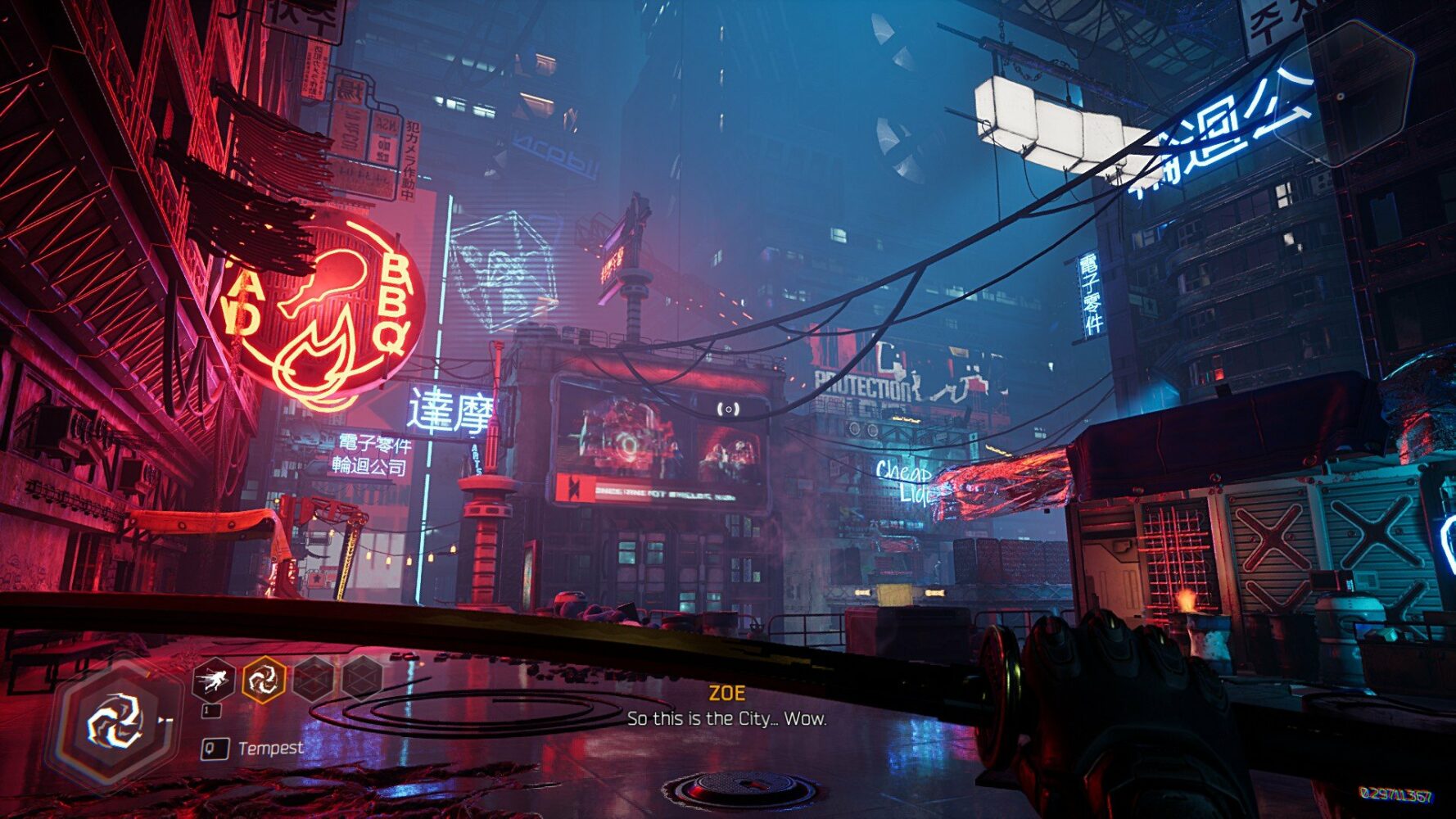
Do Ghostrunners Dream of Electric Sheaths? (Story)
Ghostrunner’s story was quite a pleasant surprise. Don’t get me wrong, it’s not a complex masterpiece grappling with the battle of human nature, it’s a pretty straightforward case of: This place isn’t doing great, you’re the only one who can stop it, go kill the villain. But the story creates plenty of character and world hooks to keep you invested. Why does Jack not remember anything? Can he help everyone in time? What’s the story behind the architect? There’s plenty to keep you going as you slice and dice your way up the tower. The best thing about the story is that it is built in such a way that every combat and platforming encounter feels natural and explained. There’s no point where you will be asking yourself ‘do I really need to be doing this?’. What I’m saying is that it’s largely a plot of utility, but it does go out of its way to still be a plot, and I really have to give it some points for that.
Conclusion
Ghostrunner is made up of a lot of pieces that may not seem very special by themselves, but when put together it creates a fantastic and frantic action experience and a compelling world that will keep you coming back for more every time it knocks you down. The bosses are a great mix of platforming puzzles and shaken-up combat areas, and each and every enemy encounter feels so intentional and perfectly set-up, it’s almost like pushing down a set of dominos and watching them fall, except instead you’re cutting people in half.
Sure, it has its moments that don’t quite hit right, and bring all the momentum that is fantastically maintained throughout the whole game to a halt. The developers always know how to get things rolling again though, and the game begins to shine once again. This is not a game for everyone, the level of difficulty may put some people off, but for those that this appeals to, this may become, as it has for me, a game that you just can’t put down; and now, after frequent updates and the upcoming project_hel, it looks like there’s plenty more to come.
Our Rating
Gameplay
Art & Graphics
Narrative

